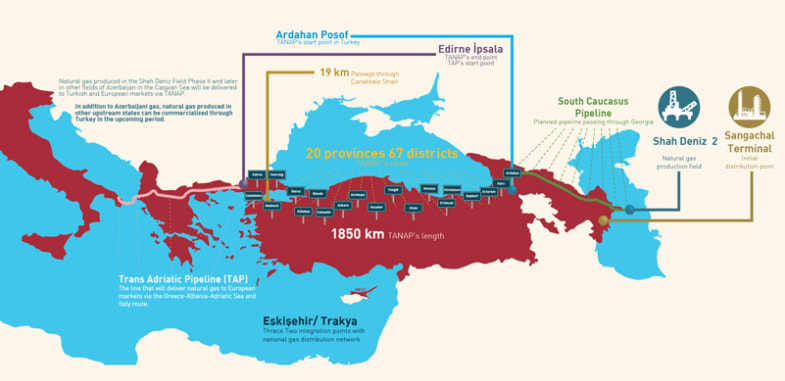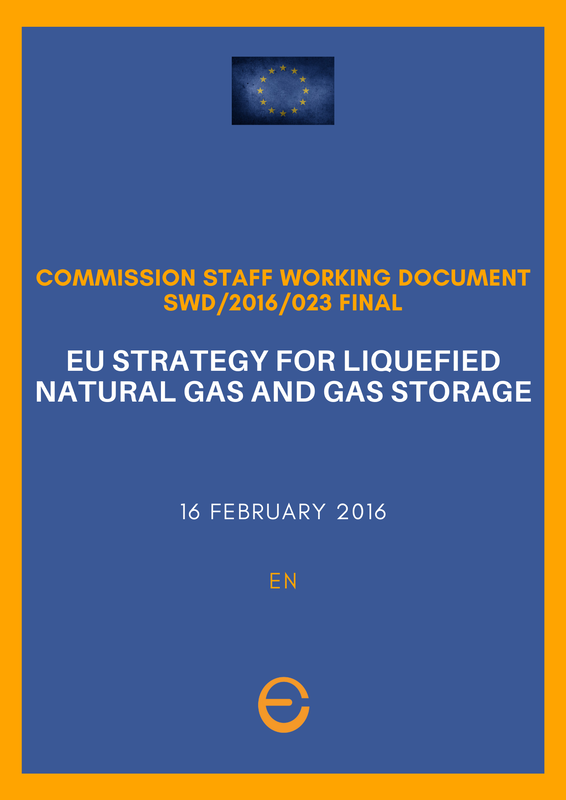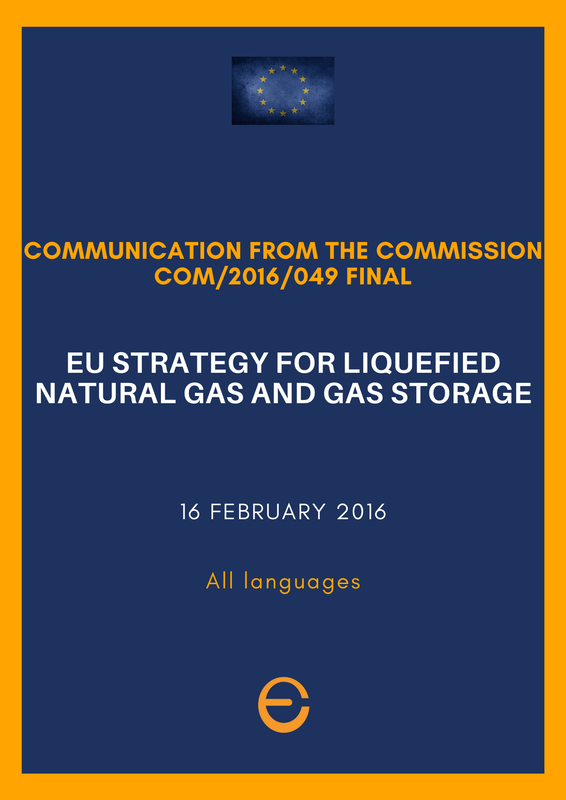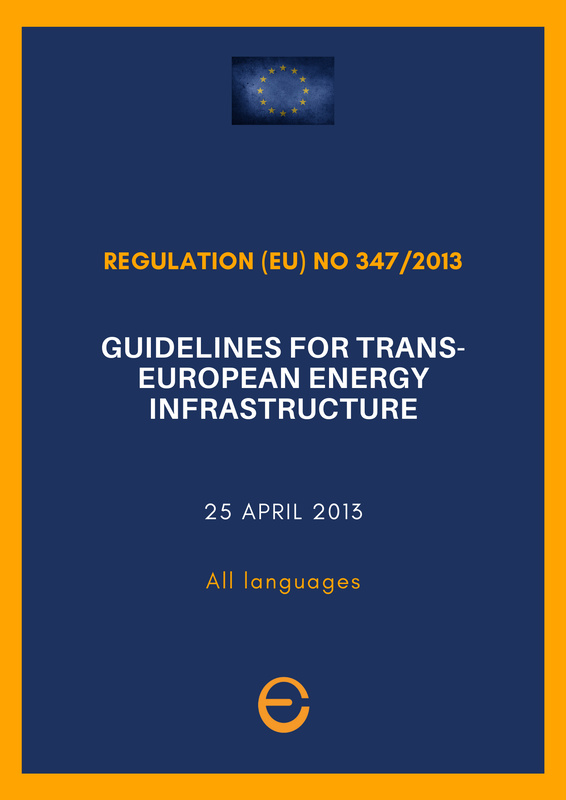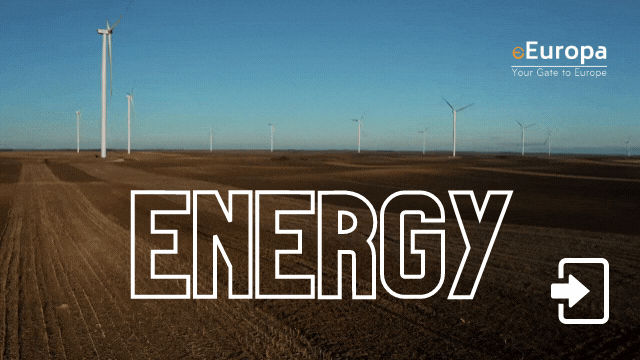Diversification of gas supply sources and routes
The EU pursues the objective of having diversified supply routes in Europe, in order to increase the security of supply, which consists in the diversification of supply routes, with the identification and construction of new gas pipeline routes. The identification of gas suppliers is the responsibility of each member country. However, the EU, in addition to encouraging diversification, can encourage the construction of new gas pipelines or support the necessary infrastructure.
Opening up the Southern Gas Corridor
Many countries in Europe are dependent on one or two suppliers for most or all of their natural gas.
EU actions for expanding the Southern Gas Corridor include:
EU actions for expanding the Southern Gas Corridor include:
- keeping the infrastructure projects needed for the corridor on the EU's fourth list of Projects of Common Interest (PCI). These are projects which can benefit from streamlined permitting process, receive preferential regulatory treatment, and are eligible to apply for EU funding from the Connecting Europe Facility
- supporting the construction of the Trans Anatolia Natural Gas Pipeline (TANAP) and the Trans-Adriatic-Pipeline (TAP) to transport gas from Azerbaijan to Italy via Georgia, Turkey, Greece, Albania and the Adriatic Sea by listing them on the PCI lists
- cooperating closely with gas suppliers in the region, such as Azerbaijan
- cooperating closely with transit countries including Azerbaijan, Georgia, Turkey and Albania
- negotiating with Azerbaijan and Turkmenistan on a potential Trans-Caspian pipeline to transport gas across the Caspian Sea


